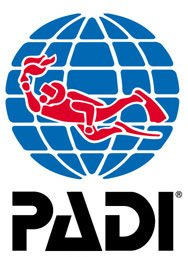Frequent questions
Do you have any questions? We are here to help you.
-
What is an IDC?
The Instructor Development Course (IDC) consists of two parts - the Assistant Instructor (AI) course and the Open Water Scuba Instructor (OWSI) program. Most dive professionals complete the entire IDC and then attend an Instructor Examination (IE), which is the final step in earning PADI Instructor certification.
-
What is an IE?
An Instructor Examination (IE) is a two-day evaluation program that tests an instructor candidate's ability, knowledge of diving theory, skill level, understanding of the PADI System, attitude and professionalism. PADI IEs are standardized and run by specially trained PADI Instructor Examiners. The location of the IEs, the exam environment and the testing sessions are organized to be as objective as possible in order to fairly and consistently assess the abilities of the candidates. Only those who meet the performance requirements of an IE earn the respected PADI Instructor certification. There is a fee to attend an IE.
-
I have certification from another organization. How can I become a PADI Divemaster or Instructor?
If you hold a professional credential from another dive training organization and wish to become a PADI Divemaster or Instructor, please contact a PADI Five Star Instructor Development Center or Career Development Center (CDC).
-
Do I need a medical certificate?
Yes. You must present a medical certification of fitness to dive signed by a medical doctor within the last 12 months and have no change in medical condition.
-
Equipment - what do I need?
You will need all the following equipment:
- Fins, mask and tube
- Buoyancy control device (BCD) with tank holder or separate back protector and low-pressure inflator
- Primary regulator and alternate air source
- Breathing gas control device (eg, a submersible pressure gauge)
- depth control device
- Weight system with quick release and leads
- Protective suit suitable for local diving conditions.
- Dive computer or RDP
- time control device
- Compass
- Diver's Knife/Tool
- Two surface signaling devices – one audible (whistle, air horn, etc.) and one visible (surface inflatable buoy, flare, signal mirror, etc.).






















